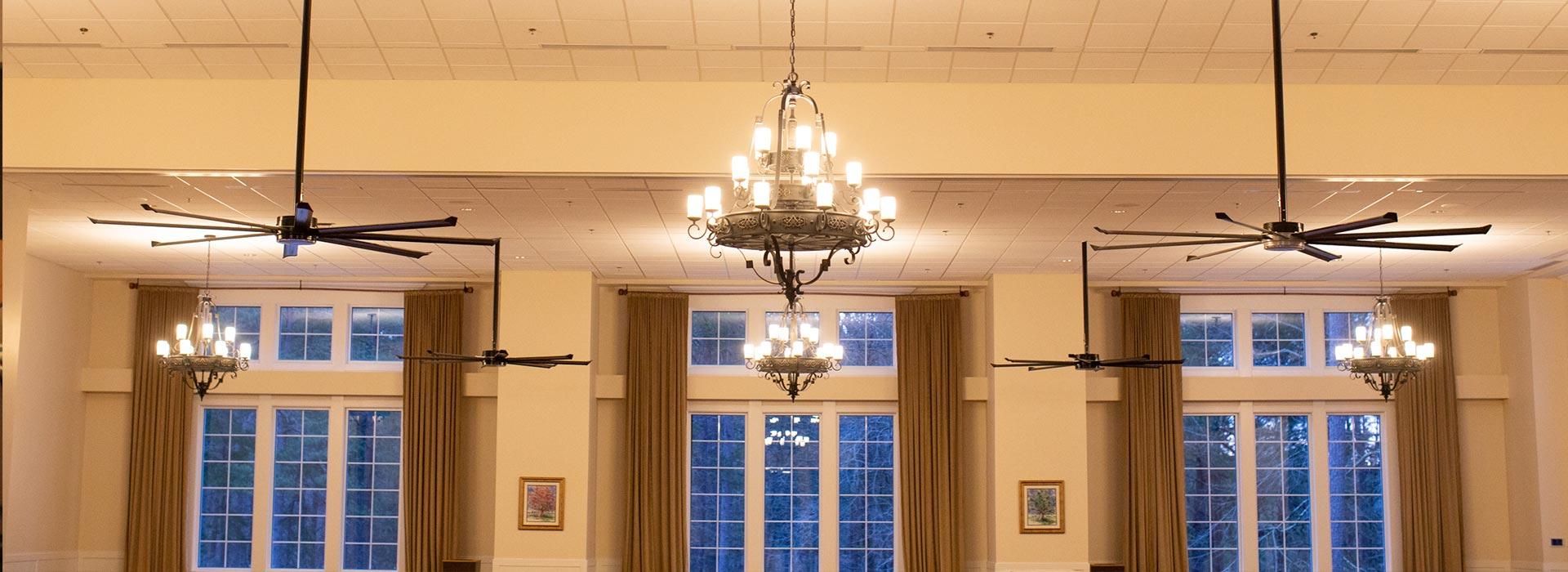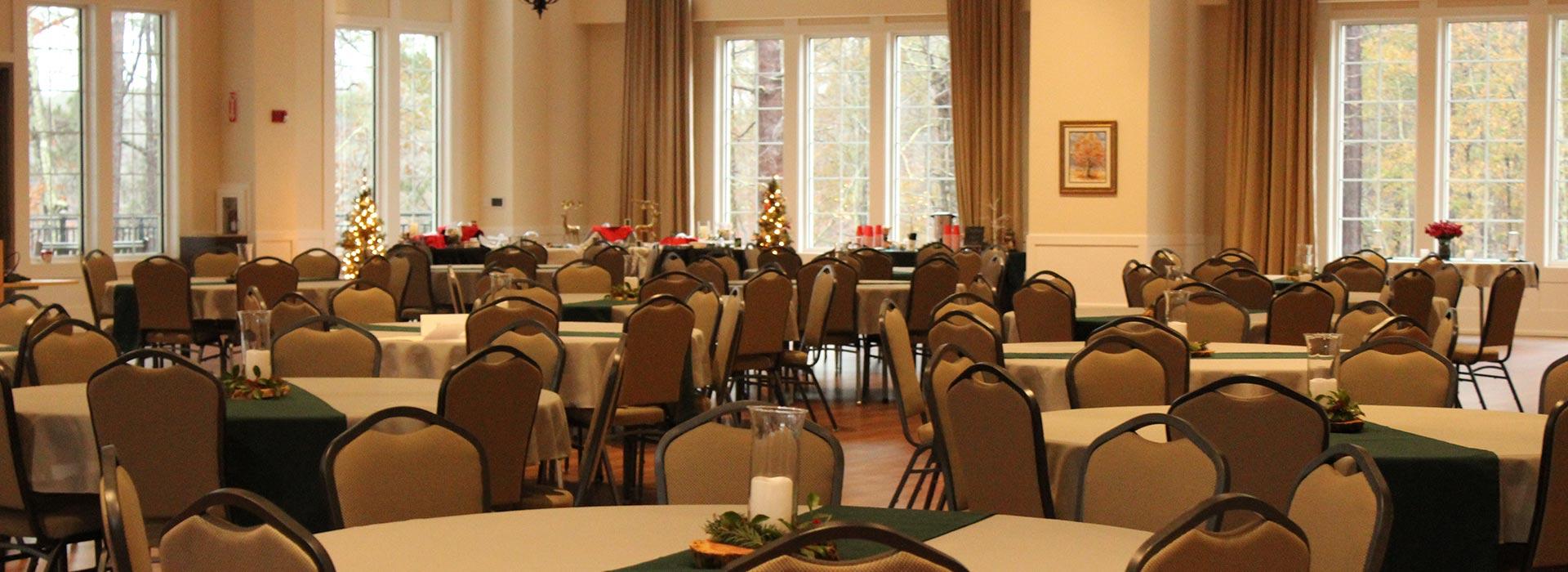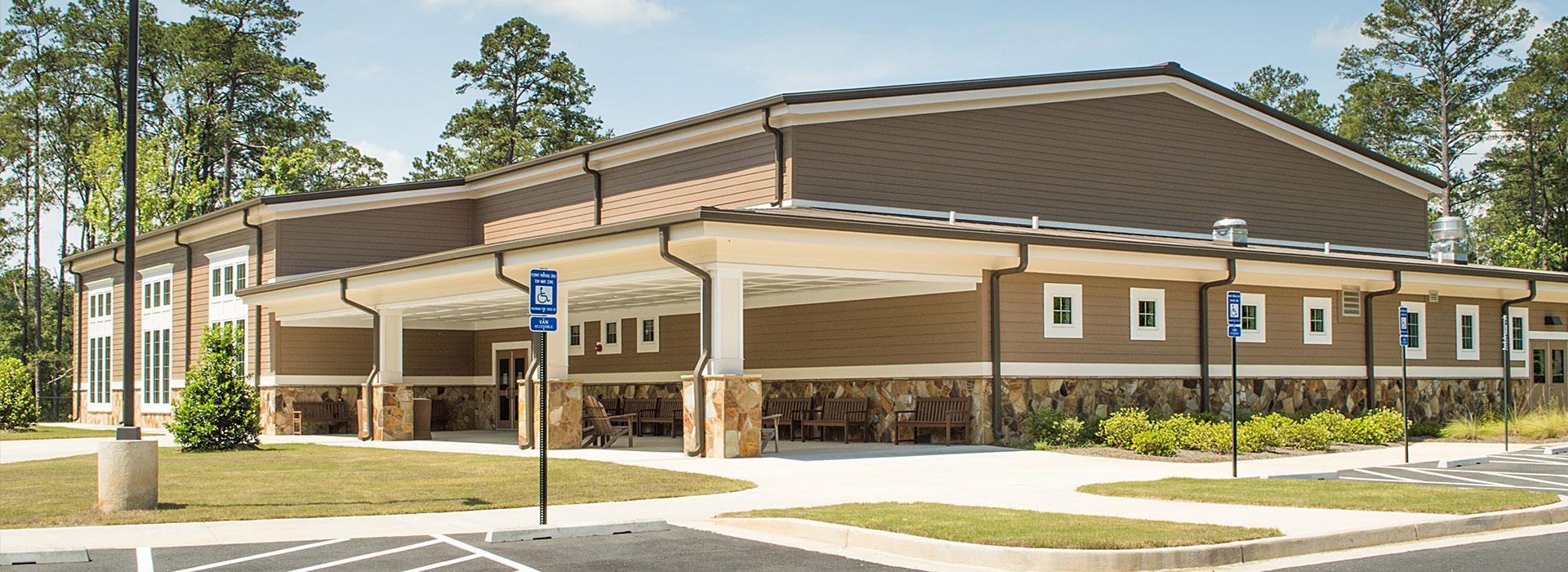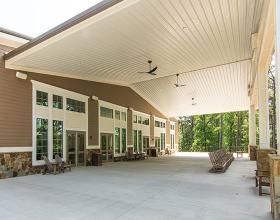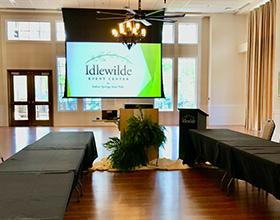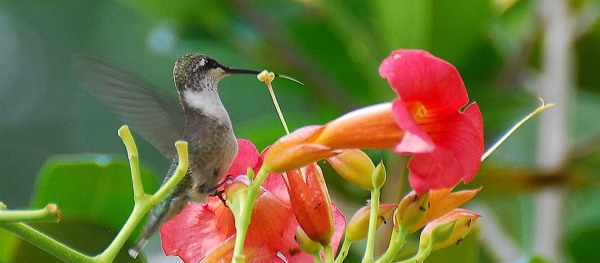
By Terry W. Johnson
We Americans have harbored a long-standing love affair with the ruby-throated hummingbird. This affection is so widespread that, without any hesitation, I would say this feathered sprite is the most popular bird in the Georgia.
With that in mind, I have often wondered just how long we have been enamored with this flying dynamo.
Recently I stumbled across a book written before the American Revolution that indicates that our affection for the ruby-throated hummingbird is a lot older than I imagined.
The text entitled “Travels in America” was penned by an early Swedish-Finnish explorer named Peter Kalm, and first published in three volumes between 1753 -1761. The English version was printed in 1770.
The Swedish Academy of Science sent Peter Kalm to colonial America to find plants and trees that could be used in Sweden to produce more food and be used as fodder for livestock. Since the Swedes were also interested in developing a silk industry, Kalm was charged with trying to find mulberries that would grow in the cold Scandinavian climate.
He arrived in North America in 1748 and made his home base at Raccoon, part of the former Swedish colony of New Sweden and situated along the mid-Atlantic coast on the Delaware River in what became New Jersey and Delaware. From here, he ventured as far north as Lake Champlain and Canada and westward into what is now western Pennsylvania.
In the account of his three-year odyssey in North America, he wrote about the ruby-throated hummingbird. Kalm called the bird simply “the hummingbird;” however, he noted that Swedish and English colonists called it "The King's Bird."
He described it as being a little larger than a bumblebee. He went on to say that while the bird fed, it made a bee-like humming sound.
Kalm believed that hummingbirds ate only nectar, which he said they sucked out of flowers through their long bills. In fact, he went on to say that nobody had ever seen the bird eat insects or plant juices.
We now know that a hummingbird eats both foods and that insects are an important food item. In addition, hummingbirds don't suck nectar from flowers with a straw-like bill. Instead, they lick the nectar out of blossoms using their long, slender tongue. A hummingbird can lick nectar out of a flower at a rate of roughly 13 licks per second. The nectar moves up the tongue through a slender trough by means of a process known as capillary action and is drawn into the body when the tongue is withdrawn.
Kalm noted that hummingbirds visited a number of different kinds of flowers, particularly those with long tubes. He found that two of their favorites were bee balm and impatiens. Interestingly, both of these plants are planted by hummingbird fanciers to this day.
His description of hummingbirds forcing half their body into particularly long tube-shaped blooms was reminiscent of the times I have watched rubythroats nectaring at trumpet creeper flowers.
Surprisingly, he never mentioned the bird's preference for red flowers.
One of the most intriguing tidbits of information I gleaned from his work was that folks living in the country planted beds of all sorts of flowers around their homes. He wrote that such beds were popular with hummingbirds. However, if nearby windows were left open, hummingbirds would often chase one another through the open window and through the rooms of the house before zipping back out again.
Kalm seems to have been just as captivated with the birds' constant fighting as we are. He mentioned that, if several hummingbirds tried to feed in the same bed, fights often broke out. Some of these encounters would be so violent that he was convinced they might end with one bird piercing another through with its long bill.
We now know that never happens. There is no way the hummingbird's soft, pliable bill could pierce another bird.
I found Kalm’s interpretation of what happens when a hummingbird tries to feed on a bloom that contains no nectar truly bizarre. According to him, the bird would pluck the flower off the plant and throw it on the ground. He surmised this was the bird's way of never being fooled by the flower again. He went on to say that the ground in some gardens was at times blanketed with blooms that had misled hungry hummingbirds.
Kalm was aware that hummingbirds migrated. He wrote that with the approach of winter the birds departed to "southern countries of America," only to return in the spring. He mentioned that one year he saw his first hummingbird on April 26th and that this was the first seen in the community that year.
He also wrote that people would capture hummingbirds and keep them in cages. Most of the birds died. However, he knew of one man who successfully kept a bird for several weeks feeding it sugar water.
Like us, Kalm was struck with the bird's tameness. He mentioned that, while hummingbirds were feeding, he could walk up to within two yards of them.
Thanks to the writings of Peter Kalm, we know that ruby-throated hummingbirds were backyard neighbors of early colonists. It is also clear that our love affair with this tiny jewel of a bird has been going for more than 260 years.
If that isn't true love, I don't know what is!
Terry W. Johnson is a former Nongame program manager with the Wildlife Resources Division, a backyard wildlife expert, and executive director of TERN, the friends group of the Nongame Conservation Section. (Permission is required to reprint this column. Contact rick.lavender@dnr.ga.gov.) Learn more about TERN, The Environmental Resources Network, at http://tern.homestead.com.
“Out My Backdoor” columns archive.
